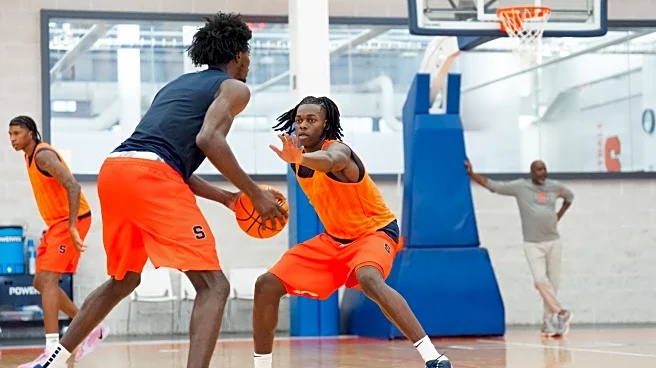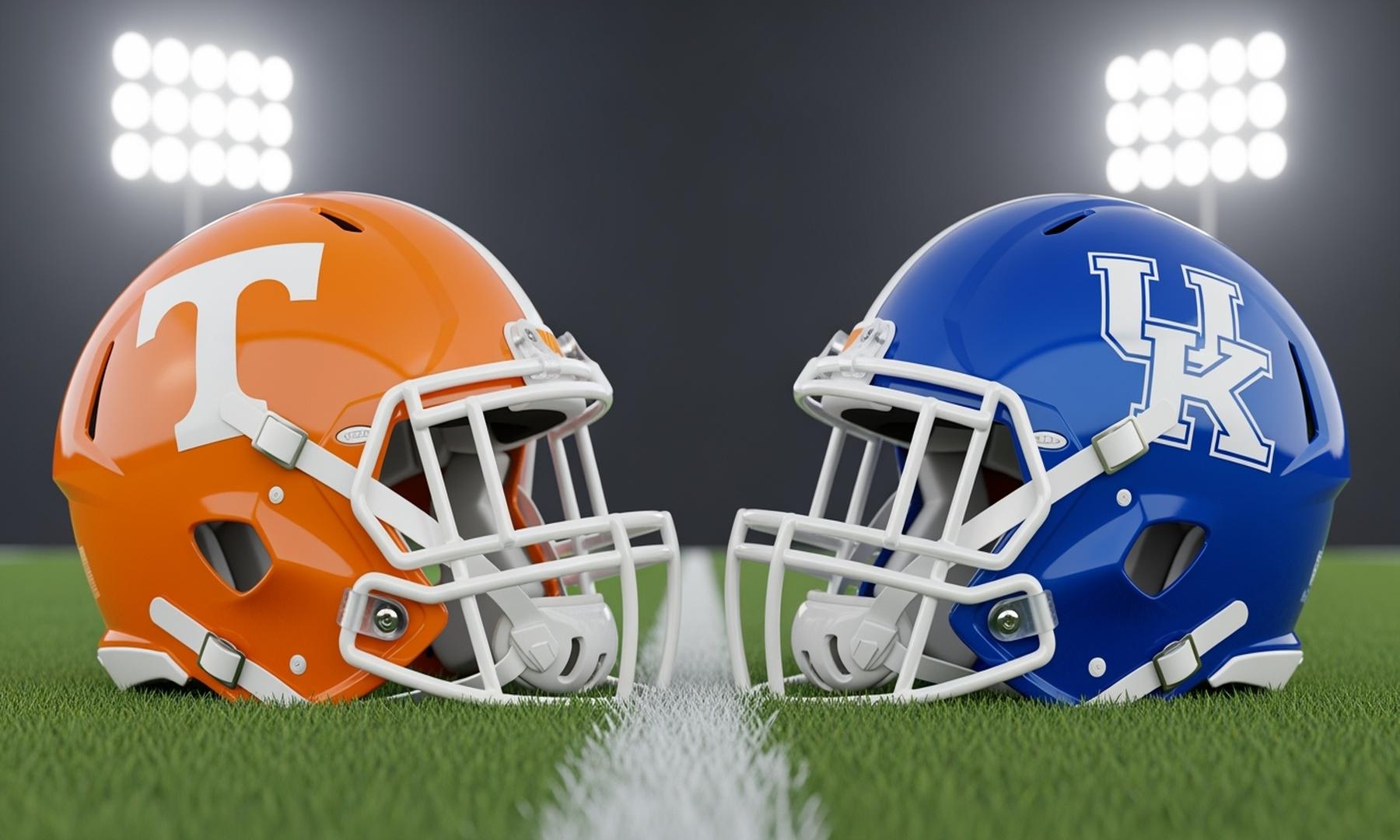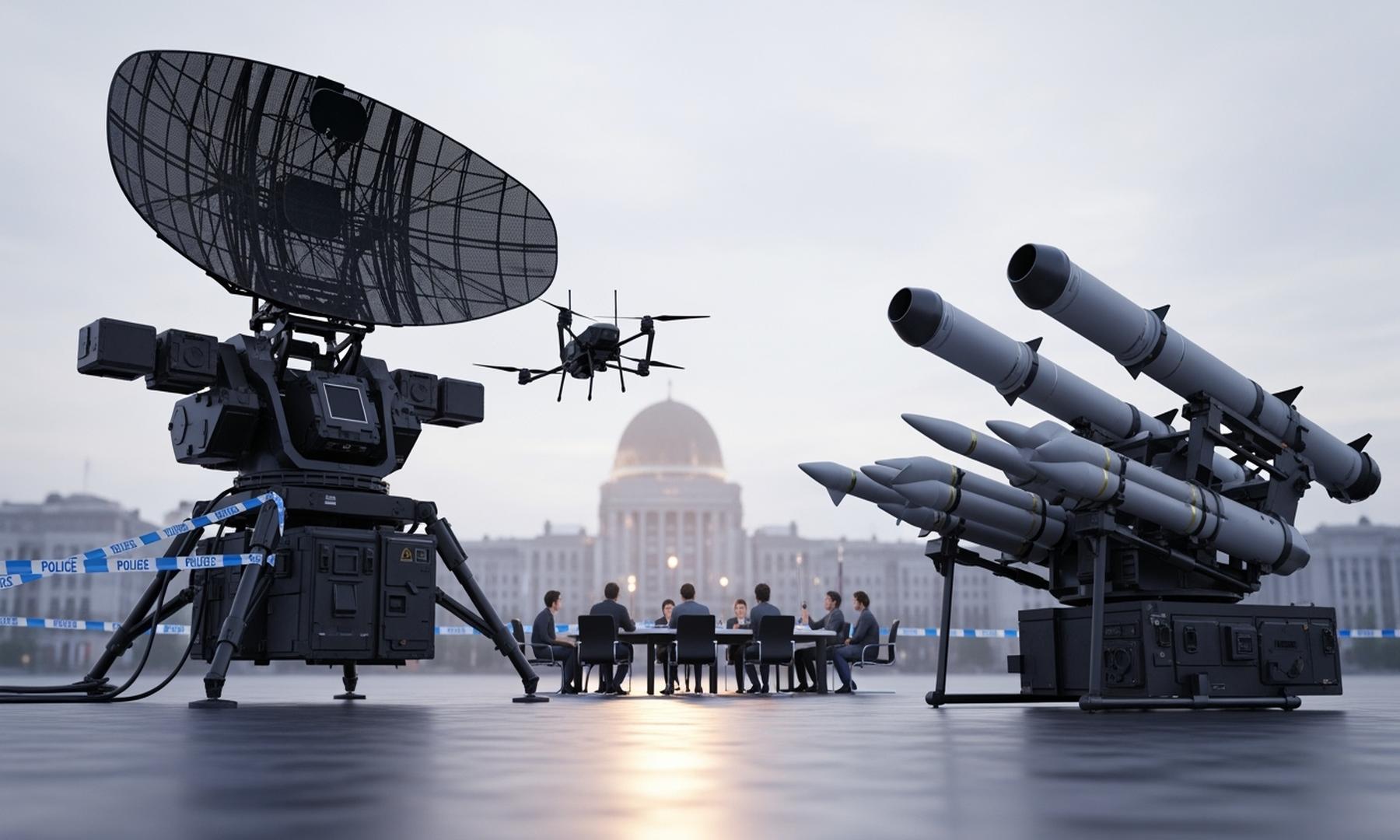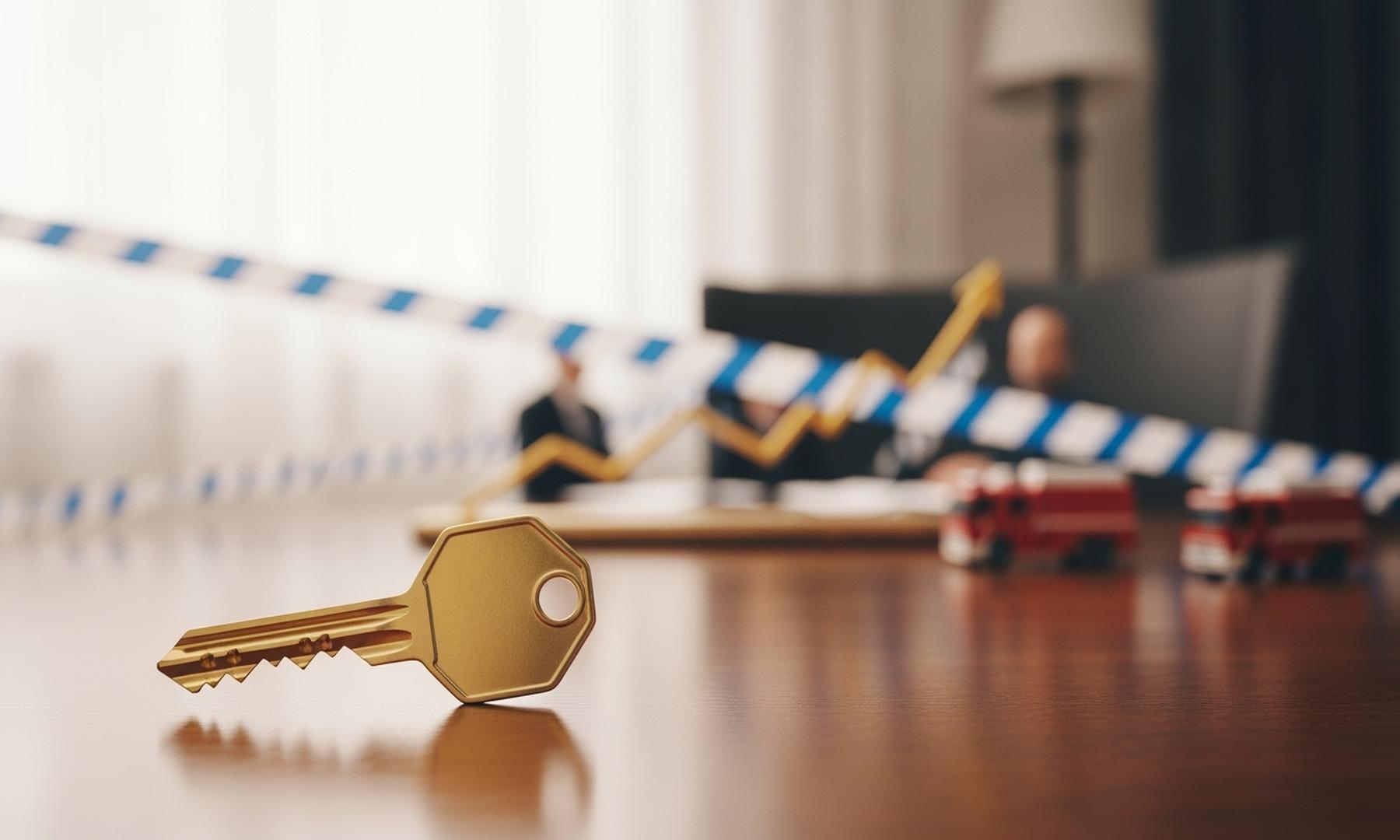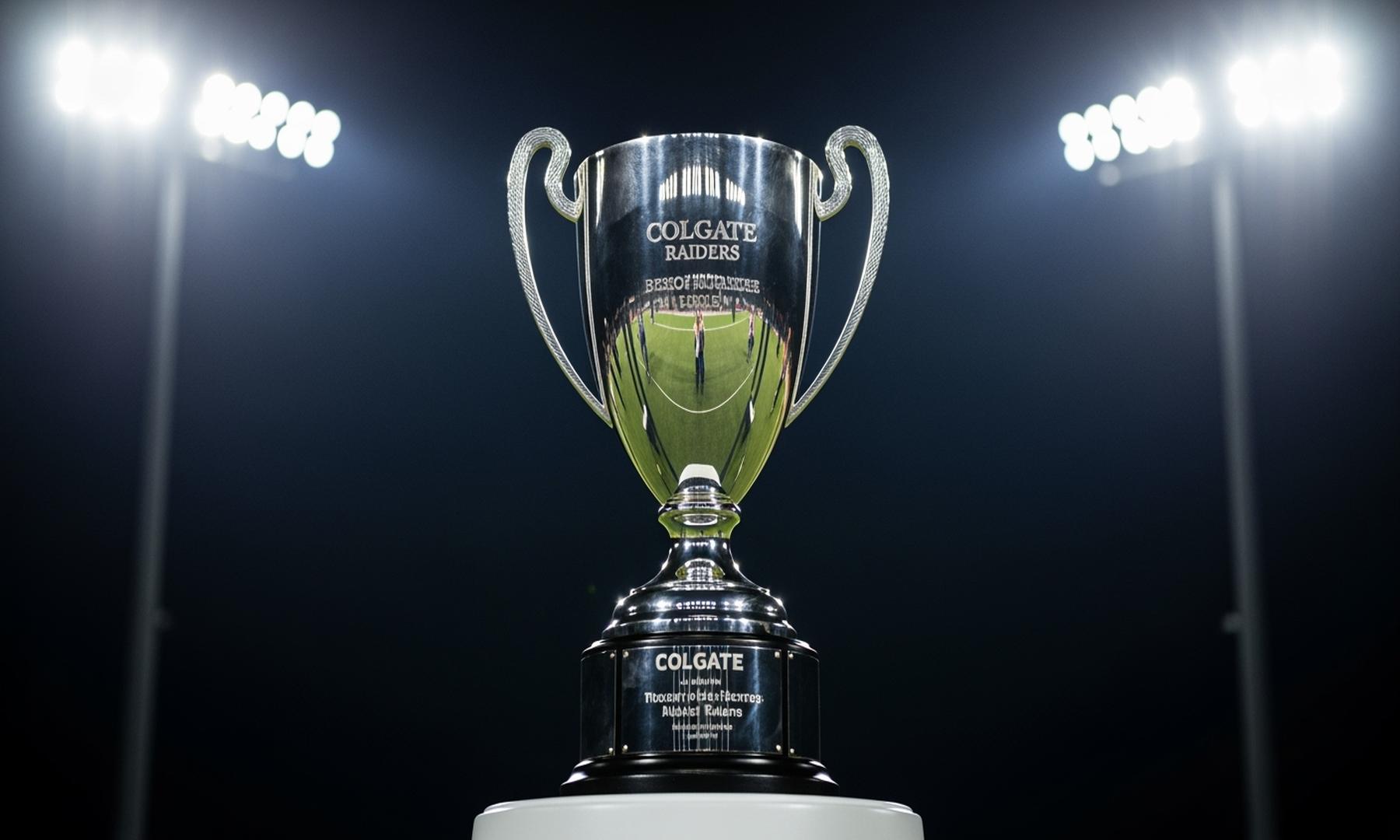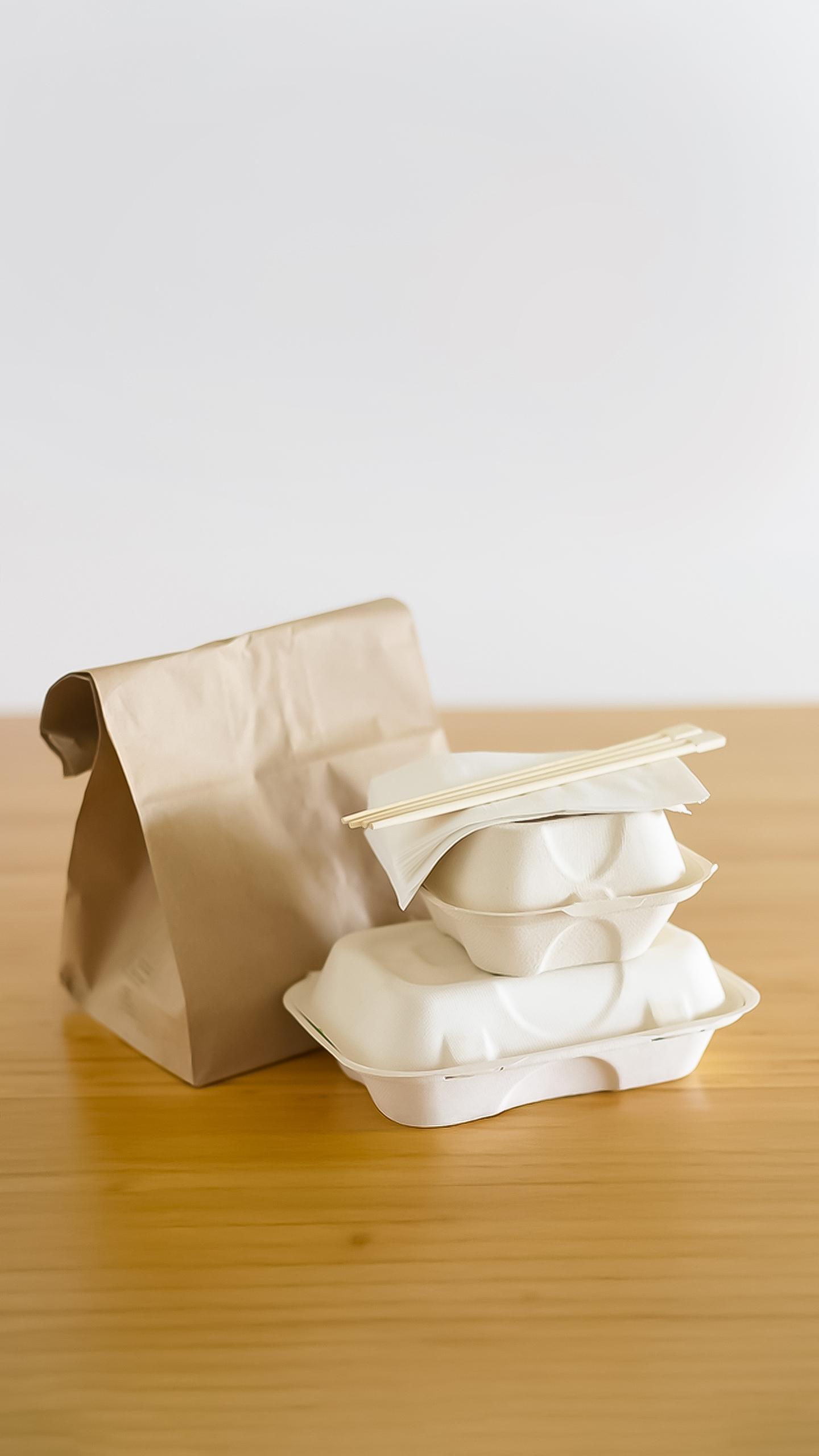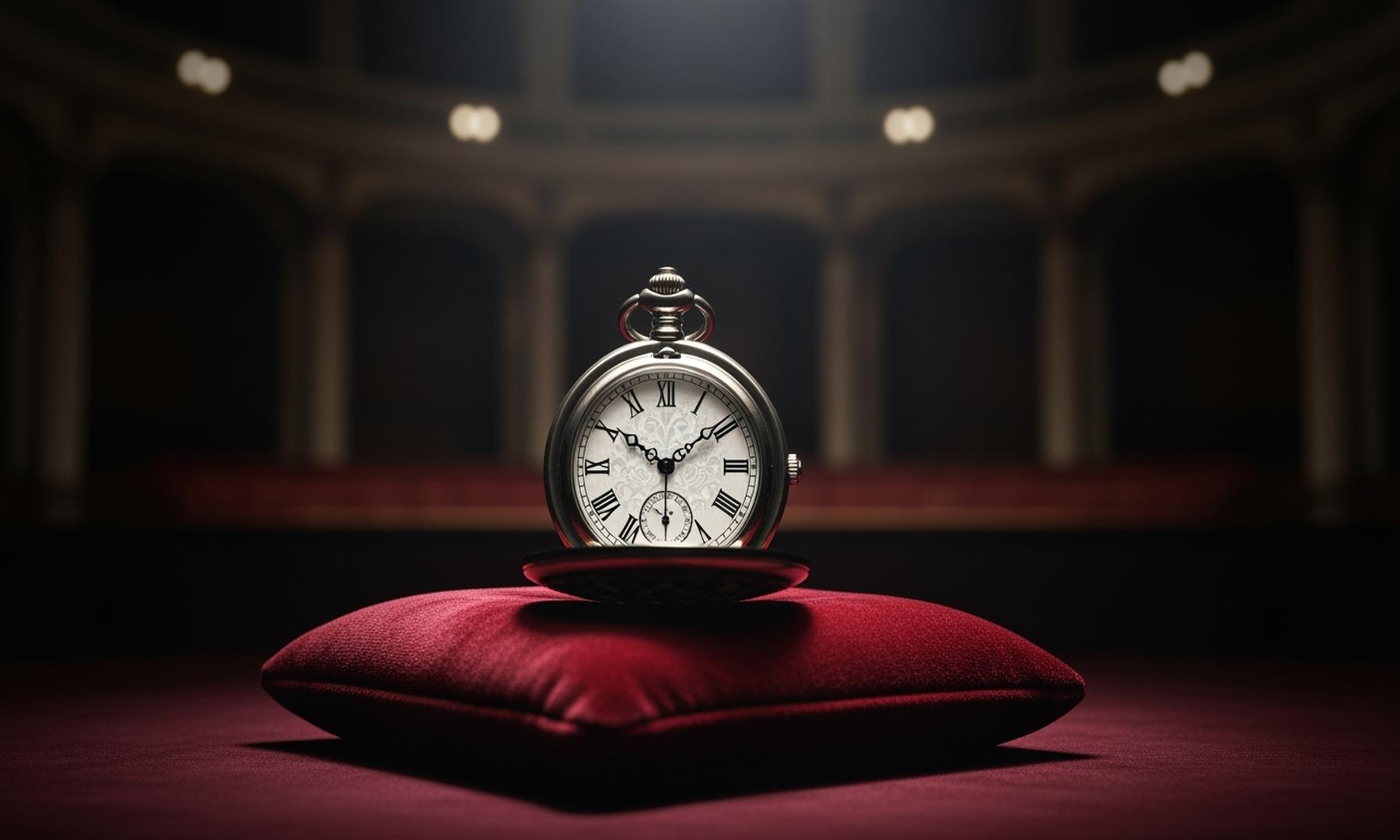The Syracuse Orange ranked 16th out of 18 ACC teams in field goal percentage defense at the rim. They ranked low in blocks, in steals, and couldn’t create transition opportunities because of it. Red Autry
and his staff understood that the change was going to start at the center position. “I wanted to change that position,” Autry said on Syracuse media day. “It’s a big position, it’s almost like the quarterback. We always talk about the point guard, but I think in a new era of basketball, having a five-man that can move and can direct offense and can protect the rim, that’s what I really wanted to address.” That’s why Syracuse’s first addition from the portal was UCLA transfer William Kyle. At South Dakota State, he won Summit League Defensive Player of the Year before going to the Bruins to play for Mick Cronin. UCLA didn’t find the lineups that worked best for him, and he experienced growing pains, leading to an entrance into the transfer portal and a chance to come across the country to Syracuse and contribute to a winning team.
Going from a deep drop big in the Summit League to a hard-hedging five in the Big Ten was a massive transition, but the Orange had neither in the bag last season. With Eddie Lampkin, Syracuse didn’t have a rim protector to sit in drop, and didn’t have an athlete to guard the perimeter.
Kyle solves both of those issues, and will be a key piece for the Orange defense.
“With my athleticism for sure, I have the ability to switch,” Kyle said. “I have the ability to drop and kind of make them make a decision. I have the ability to blitz and just be disruptive. I feel like I have all of those abilities and whatever we need to do in the half-court defense, I could do, and I’ve done it in my career. There’s nothing that the coaches can throw at me defensively that I’m not capable of.”
But even though his time at UCLA didn’t go well in terms of his on-court performance, it taught him some valuable lessons.
“It was a big transition from low-major to high-major in the Big Ten,” Kyle said on Syracuse media day last week. “I definitely learned that you have to be a lot quicker with your decision-making. Because at South Dakota State, I could just jump over everybody. I was the most athletic player in the league, but I definitely feel like my IQ on a basketball level and just making the right play out of the short roll, decision making, has definitely improved.”
Kyle played just 22.9% of the minutes for UCLA last year, seeing his turnover rate rise and assist rate drop. By the end of the season, he was out of the rotation for the most part. But even without game reps, he thinks he found a way to improve his decision-making.
“(It takes) Practice reps and even this summer with my trainers,” he said. “Just a lot of pick-and-roll action, catching it around the foul line, that mid-post area, and just having read and react. Having people come fly at me, make a decision. This morning, I was working on that with Coach Dan. Even still, that’s how I do that.”
One of the other key reasons that he couldn’t stay on the floor at UCLA was poor foul shooting. Despite getting to the line at a ridiculous rate (43 FTA to 54 FGA), Kyle made just under 40% of his foul shots, well below his ~60% career mark — which is still poor.
He’ll have to improve that category in order to stay on the floor, or else teams will have no problem fouling him when he gets the ball and rotating defenders in and out to deal with him.
However, he feels that the way the Syracuse roster is built gives him a better chance at overall success.
“It’s a really good fit,” Kyle said. “We really want to play fast this year, and we got some great athletes. Sadiq, Donnie, Akir, this is probably the most athletic team I’ve been on in my college career. That was something that was really intriguing to me, and it really fit my play style to just run and get out really fast.”
